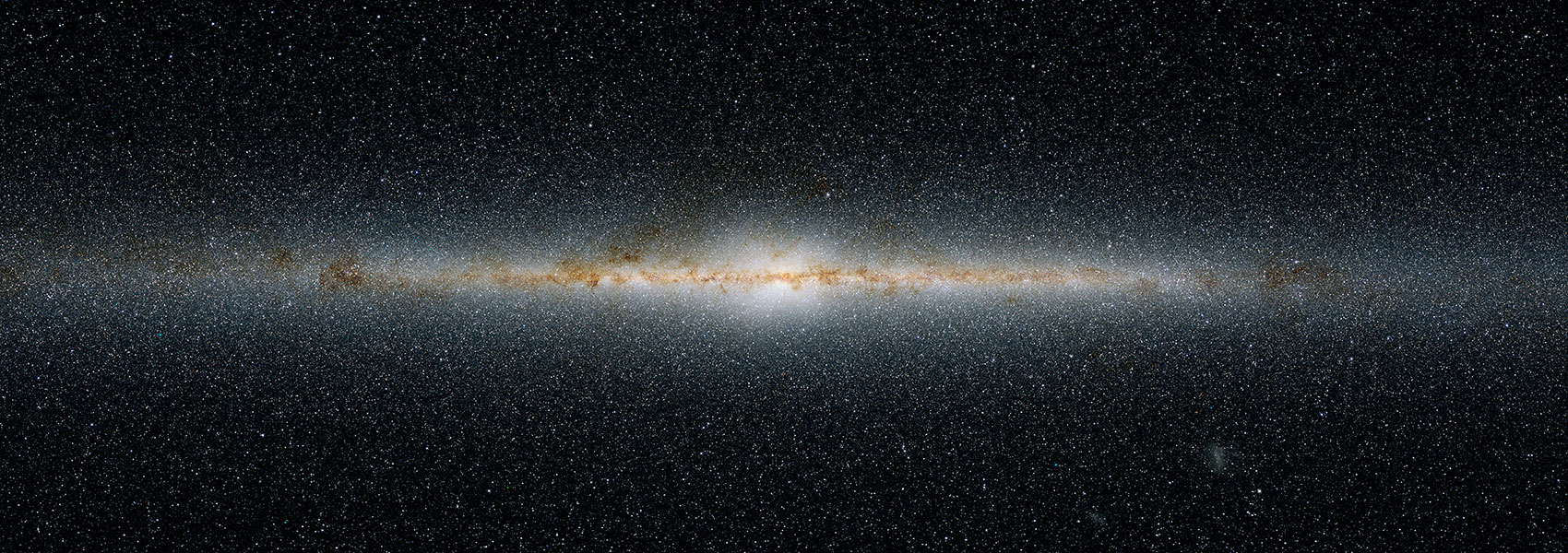August
2021
•
2021AJ....162...62D
Authors
•
Dai, Fei
•
Howard, Andrew W.
•
Batalha, Natalie M.
•
Beard, Corey
•
Behmard, Aida
•
Blunt, Sarah
•
Brinkman, Casey L.
•
Chontos, Ashley
•
Crossfield, Ian J. M.
•
Dalba, Paul A.
•
Dressing, Courtney
•
Fulton, Benjamin
•
Giacalone, Steven
•
Hill, Michelle L.
•
Huber, Daniel
•
Isaacson, Howard
•
Kane, Stephen R.
•
Lubin, Jack
•
Mayo, Andrew
•
Močnik, Teo
•
Akana Murphy, Joseph M.
•
Petigura, Erik A.
•
Rice, Malena
•
Robertson, Paul
•
Rosenthal, Lee
•
Roy, Arpita
•
Rubenzahl, Ryan A.
•
Weiss, Lauren M.
•
Zandt, Judah Van
•
Beichman, Charles
•
Ciardi, David
•
Collins, Karen A.
•
Gonzales, Erica
•
Howell, Steve B.
•
Matson, Rachel A.
•
Matthews, Elisabeth C.
•
Schlieder, Joshua E.
•
Schwarz, Richard P.
•
Ricker, George R.
•
Vanderspek, Roland
•
Latham, David W.
•
Seager, Sara
•
Winn, Joshua N.
•
Jenkins, Jon M.
•
Caldwell, Douglas A.
•
Colon, Knicole D.
•
Dragomir, Diana
•
Lund, Michael B.
•
McLean, Brian
•
Rudat, Alexander
•
Shporer, Avi
Abstract
•
We report the discovery of TOI-1444b, a 1.4 R⊕ super-Earth on a 0.47 day orbit around a Sun-like star discovered by TESS. Precise radial velocities from Keck/HIRES confirmed the planet and constrained the mass to be 3.87 ± 0.71M⊕. The RV data set also indicates a possible nontransiting, 16 day planet (11.8 ± 2.9M⊕). We report a tentative detection of phase-curve variation and a secondary eclipse of TOI-1444b in the TESS bandpass. TOI-1444b joins the growing sample of 17 ultra-short-period planets (USPs) with well-measured masses and sizes, most of which are compatible with an Earth-like composition. We take this opportunity to examine the expanding sample of ultra-short-period planets (<2R⊕) and contrast them with the newly discovered sub-day ultrahot Neptunes (>3R⊕, >2000F⊕ TOI-849 b, LTT9779 b, and K2-100). We find that (1) USPs have predominately Earth-like compositions with inferred iron core mass fractions of 0.32 ± 0.04 and have masses below the threshold of runaway accretion (~10M⊕), while ultrahot Neptunes are above the threshold and have H/He or other volatile envelopes. (2) USPs are almost always found in multi-planet systems consistent with a secular interaction formation scenario; ultrahot Neptunes (Porb ≲1 day) tend to be "lonely," similar to longer-period hot Neptunes (Porb1-10 days) and hot Jupiters. (3) USPs occur around solar-metallicity stars while hot Neptunes prefer higher metallicity hosts. (4) In all these respects, ultrahot Neptunes show more resemblance to hot Jupiters than the smaller USP planets, although ultrahot Neptunes are rarer than both USPs and hot Jupiters by 1-2 orders of magnitude.
Links





